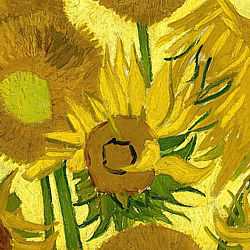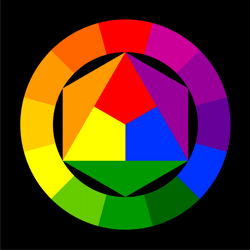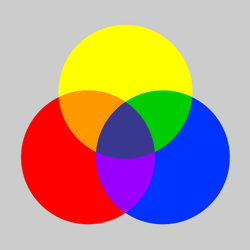Color Theory Quiz
This quiz tests your knowledge of color theory and the terms that are used to describe it in art and design. Each correct answer contains a link to more information about that theory or term.
Question 1: What is the origin of color?
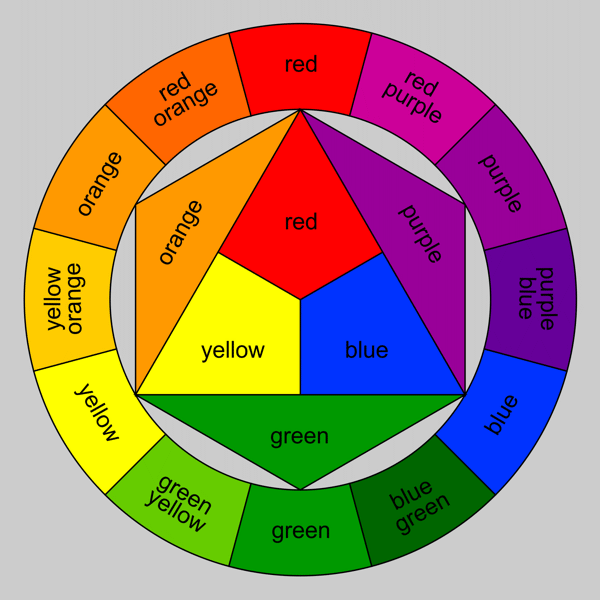
Correct and well done!
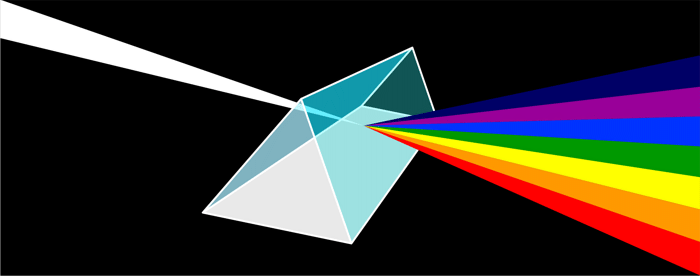
Around 1671-72, Sir Isaac Newton discovered the origin of color when he refracted a beam of light through an angular prism and split it into the spectrum - the various colors of the rainbow. This simple experiment demonstrated that color comes from light - in fact, that color is light.
Question 2: What are additive colors?

Correct and well done!
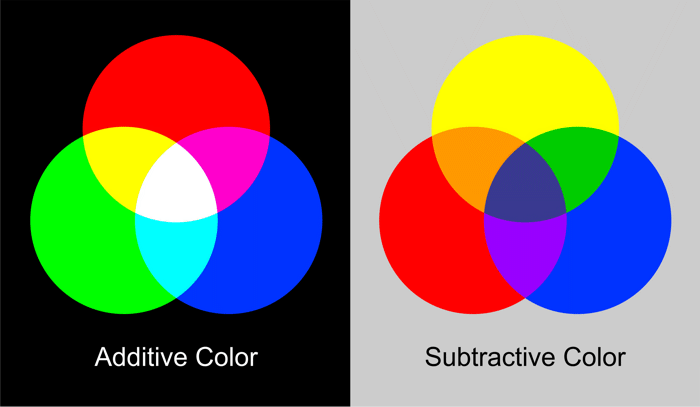
Additive color involves the mixing of colored light. Subtractive color involves the mixing of colored paints, pigments, inks and dyes.
Question 3: What class of colors are highlighted in this illustration?
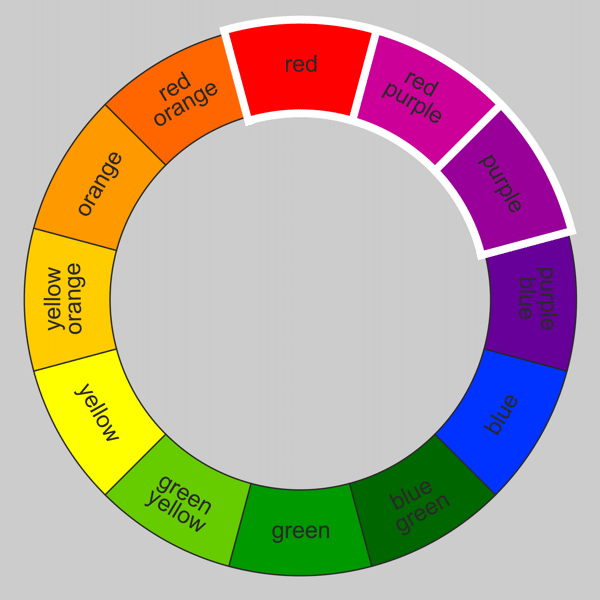
Correct and well done!
Analogous colors sit next to one another on the color wheel.
Question 4: What class of colors are highlighted in this illustration?

Correct and well done!
Secondary colors are green, orange and purple.
Not this one! Please try again.
Question 5: What class of colors are highlighted in this illustration?
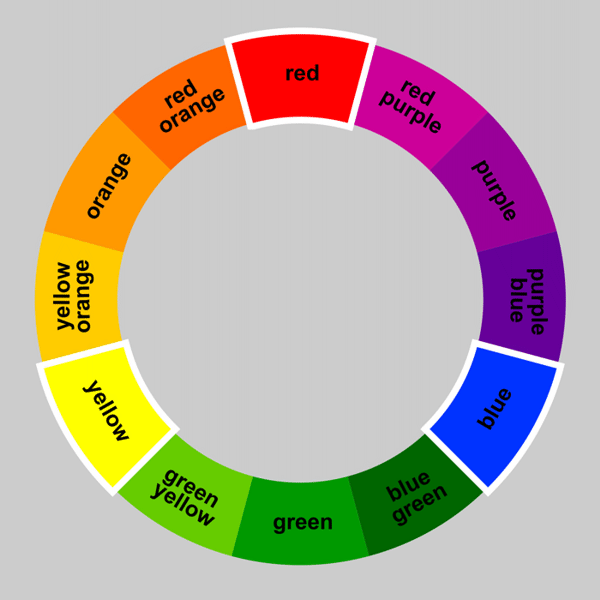
Correct and well done!
Primary colors are red, yellow and blue.
Question 6: What class of colors are highlighted in this illustration?

Correct and well done!
Opposite or complementary colors are diagonally opposite one another on the color wheel.
Question 7: What class of colors are highlighted in this illustration?
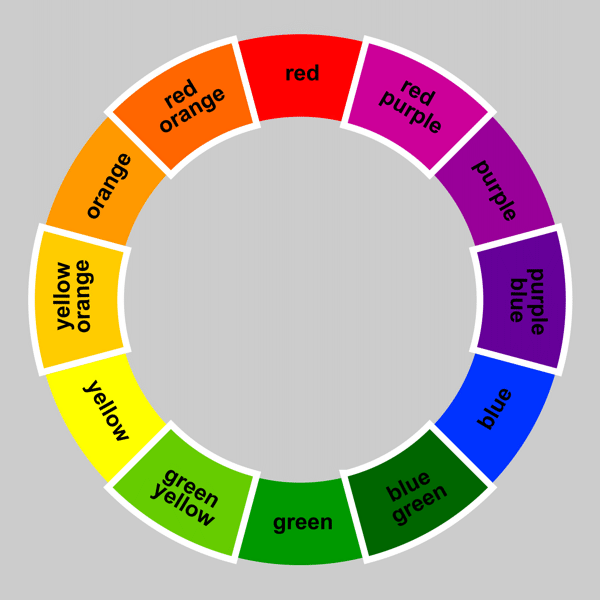
Not this time! Try again.
Not this time! Try again.
Correct and well done!
Tertiary colors are achieved by mixing primary and a secondary colors that are adjacent to one another on the color wheel.
Question 8: Which art movement was interested in trying to capture the changing effects of color in nature?

Correct and well done!
Impressionism was the art movement where artists tried to capture the changing effects of light on the landscape by using a more exact analysis of tone and color.
Question 9: What class of colors are used to express the noise and activity of this dockyard scene.

Correct and well done!
André Derain the Fauve artist, uses the clash between opposite or complementary colors to express the noise and activity of this busy dockyard.
Question 10: What class of colors are used in this painting to express a sense of fun and excitement.
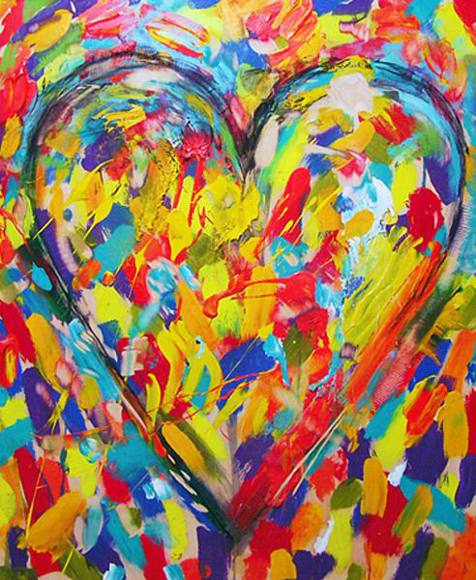
Correct and well done!
Jim Dine, the American Pop artist, uses primary colors applied with expressive brushstrokes to convey a sense of fun and excitement.


